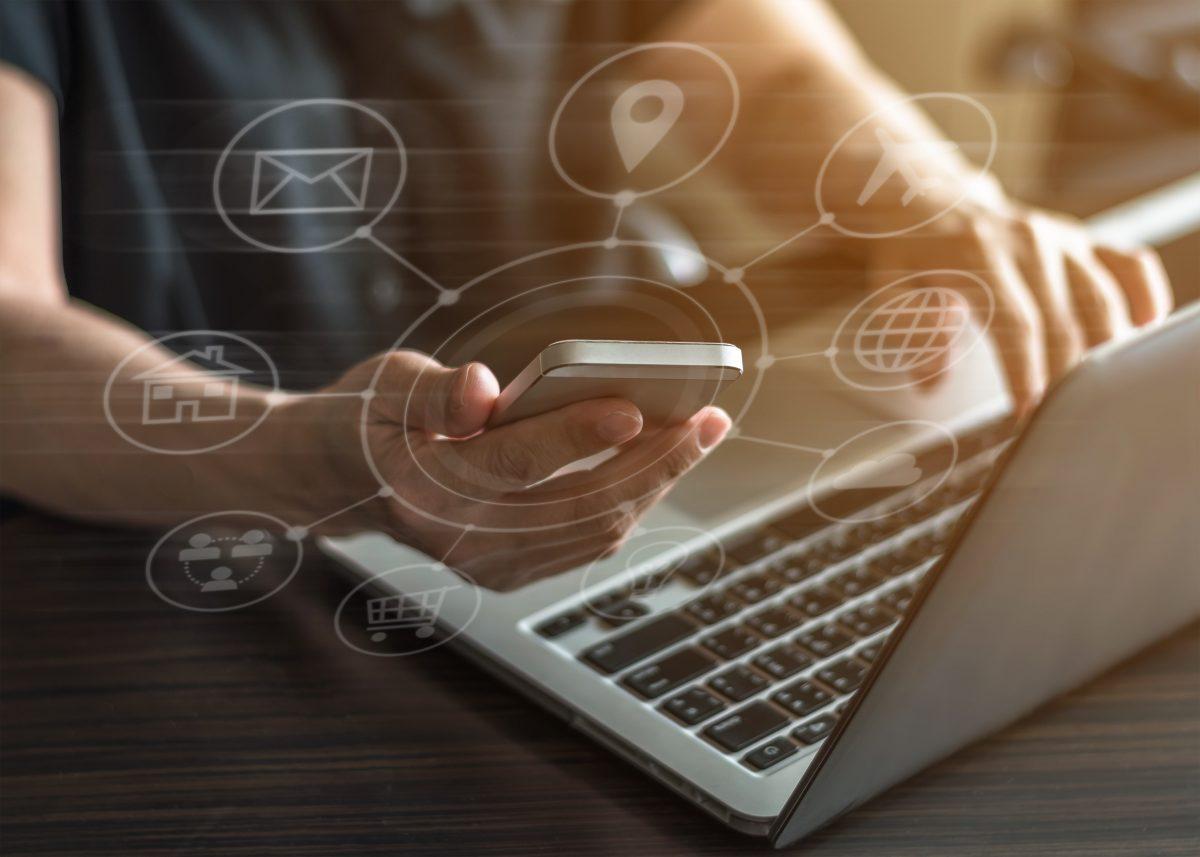Threshing these myths may help to correctly scale the true implications of this new technological paradigm, and its potential scope.
Firstly, it must be pointed out that although technological components for the deploy of IoT -such as microprocessors and microcontrollers, short- and long-range network communications, sensors, etc.- are already available or under development, it is also true that these technologies are not wholly mature. Particularly with respect to interoperability standards and privacy and security issues.
Nevertheless, IoT will shortly become mainstream, since it brings along a more than attractive promise. Which is that promise? The possibility of having smart devices that allow things (machines, sensors, cameras, etc.) to interconnect and interact with one another. And that therefore, data can be shared, decisions made and preestablished actions executed. That is: IoT represents a promise to be able to evolve towards a service infrastructure which offers communication and remote-control capacities and that makes joint work possible for a wide variety of web-authorized devices which are integrated in integral solutions.
In fact: sensors and ubiquitous hyperconnectivity, combined with data and analysis supported by artificial intelligence, open new opportunities to innovate as regards products and services and increase the efficacy of operations.
Current and future situation
It cannot be categorically stated that IoT is a technology of the future, since in fact it already has multiple uses for remote control issues, particularly in the security and health areas. It is also proliferating in consumer products, industrial operations and supply chains. In fact, estimations prior to COVID-19 pandemic indicated that “in 2020 the commercial use of IoT will continue to expand, while it will be added to more commercial products and operations”.
However, the perspective indicates that we are barely at the beginning of a new paradigm and that IoT will be one of the biggest disruptors of the current decade. An international consultancy firm’s analysis predicts that IoT will have an economic impact of between USD 4 trillion and USD 11 trillion by 2025. And it suggests that companies may capture the value and create new income sources “by providing technological solutions and services connected to consumers and companies and by reducing the costs in operations”.
Moreover, another prediction estimates that by 2025 there will be 42 billion connected IoT devices, which will generate 79,4 zettabytes (ZB) of data. Although the video vigilance category will boost a large part of the IoT data created, the industrial and automotive category will see the fastest data growth rates.
Naturally, the global expenditure in IoT was struck in 2020 by the effects of the coronavirus pandemic. But in 2021, it is expected to recover two-digit growth rates.
Issues and misunderstandings
One of the issues generally raised is that the deployment of IoT will call for the transfer of the calculation capacity from the cloud (i.e., from the big centralized data centers) to the edge, both for processing and for storage. And this has to do both with latency and availability, and cost-saving, since distribution to the centralized data centers of the huge amount of data which is expected to be gathered in the IoT devices could be inefficient and expensive. Well, this is partly true, and the development of edge computing as a complementary model is bound to happen. But the key point is to achieve smart data management and prioritization that allows distribution of only the data that is important for each application, or that reports some relevant change of state.
It should also be noted that data centers are not the true spinal cord of IoT, but Internet itself, which is what allows the distribution of information and real-time-responses. There are those who suggest that smartphones are destined to have a central role in the new paradigm. This also needs to be relativized since IoT will actually pivot on remote processing solutions and dedicated uplink ports and other software, hardware, and network resource tools. Mobile phones will be used as user interface to access applications and as devices for data collection. As regards standards, it is true that there are some pendent challenges, but they are nothing that time -and the existing tools and institutions- cannot solve. Besides, on an interoperability level it is not necessary that all devices work together and be compatible either.
Security and privacy
As regards data security and privacy, obviously the new paradigm leads to vulnerabilities that need tending to. And in fact, work is already being done to find technological solutions at both the devices and the networks (with specific protocols) levels. Besides, it must be highlighted that it is not true either that all IoT devices can be remotely hacked.
Moreover, it is also worth mentioning that making IoT solutions that work on several levels and provide substantial value is not simple either. This is not a plug & play technology, and its implementation is not free of challenges.
At the industrial level, the Internet of Things makes information about each step-in manufacture “available to be used and shared in a safe way from any place and device”. And this does not only apply to big companies, but also to small businesses, since technological solutions provided “as service” allow small and medium-sized businesses to climb this wave without needing to invest in infrastructure of their own.
IoT enables the creation of a framework of devices which connect things, which in turn generate data and make administration, analysis and monitoring easy. In this way, it enables the collection of valuable information to increase efficiency and productivity and optimize decision-making in organizations and governments.
Has your organization already moved forward with any IoT deployment? It would be great if you shared your experience!


